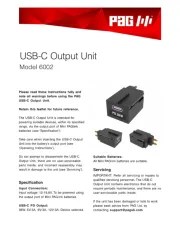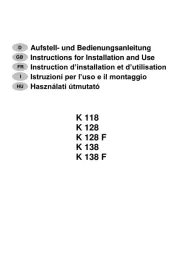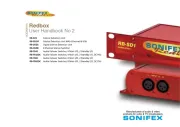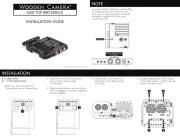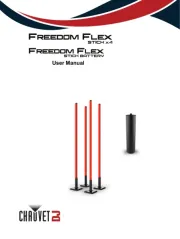Polaris 600R (2020) Manual
Læs gratis den danske manual til Polaris 600R (2020) (116 sider) i kategorien Ikke kategoriseret. Denne vejledning er vurderet som hjælpsom af 28 personer og har en gennemsnitlig bedømmelse på 4.9 stjerner ud af 14.5 anmeldelser.
Har du et spørgsmål om Polaris 600R (2020), eller vil du spørge andre brugere om produktet?

Produkt Specifikationer
| Mærke: | Polaris |
| Kategori: | Ikke kategoriseret |
| Model: | 600R (2020) |
Har du brug for hjælp?
Hvis du har brug for hjælp til Polaris 600R (2020) stil et spørgsmål nedenfor, og andre brugere vil svare dig
Ikke kategoriseret Polaris Manualer
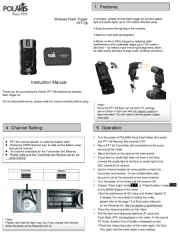









Ikke kategoriseret Manualer
- Hitron
- Maxicool
- SureFlap
- Sound Devices
- Tornado
- Vivitar
- Mahlkönig
- Summer Infant
- Tennsco
- Staudte-Hirsch
- Areca
- Stabo
- Götze & Jensen
- Videotec
- Yeyian
Nyeste Ikke kategoriseret Manualer
